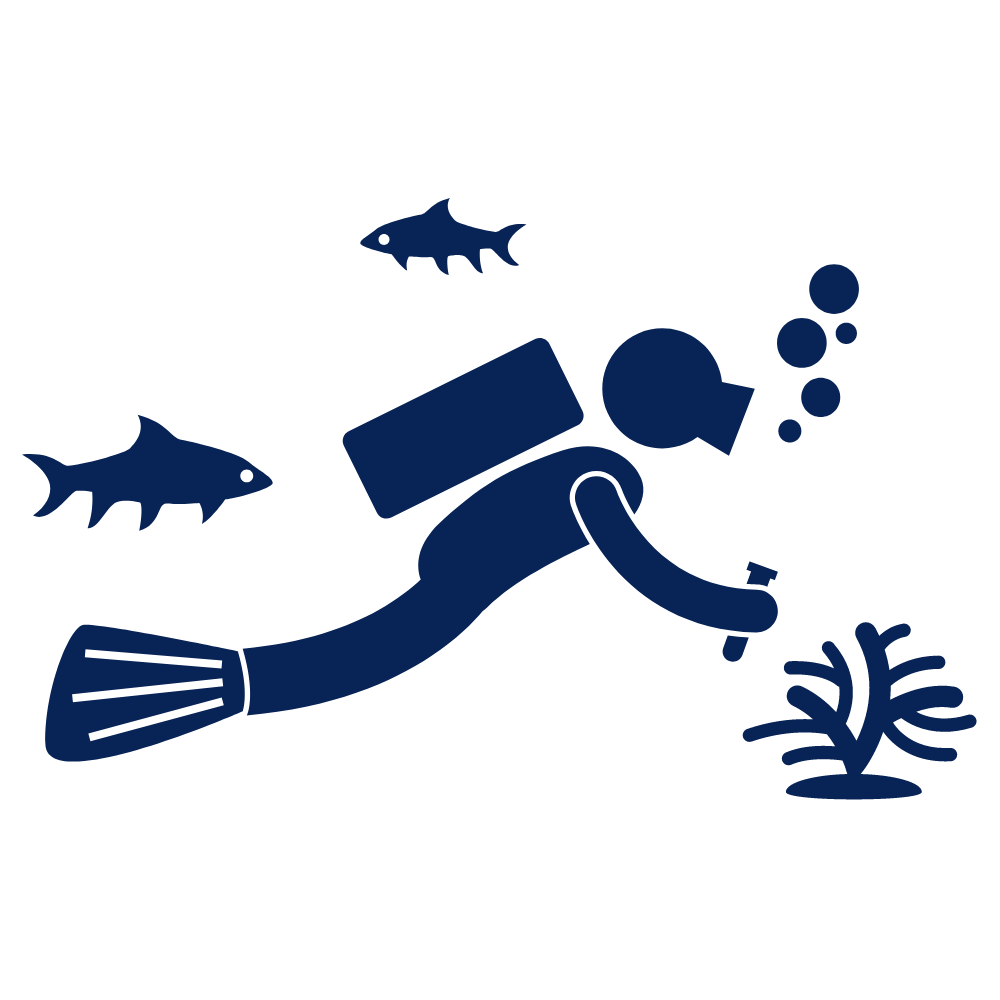Posted by admin | 09.21.2017 | Sea Turtle Camp News
Hatching Season is Underway!
We are in the height of one of the most exciting times of year for North Carolina beaches – sea turtle hatching season! September thru October marks peak time for nests to boil and send little hatchlings on their journey to the Sargasso Sea. If you or your family plan to visit the North Carolina coast over the next month and a half or so, remember:
Sea Turtles = Endangered and Protected Species
Whether hatchlings or a full-grown adult sea turtle, federal and state regulations protect all seven sea turtle species. Touching or tampering with a sea turtle or nest comes with heavy penalties. If you happen to encounter a sea turtle or hatchling on the beach during your time here, make sure to keep your distance and call the Karen Beasley Sea Turtle Rescue and Rehabilitation Center at 910.329.0222, or the Sea Turtle Stranding Network at 910.742.7729. The staff at either of these organizations radio a licensed staff member to the site to help with the situation, no matter what presents!
Keep an Eye Out for Marked Nests
 The Sea Turtle Hospital and stranding network are not authorized to give out the location of sea turtle nests or when they are predicted to hatch. However, you may certainly stumble upon one on your own accord. What to look for… When a female sea turtle lays eggs on the beach, members of the local sea turtle project mark it off with orange flagging tape attached to stakes. They then lay wire mesh over the top of it to help prevent predation on the eggs. Once a nest reaches a certain point in its incubation period, members of the local sea turtle project set up a “nest watch.” They construct a ramp in the sand, and mark it off with tape. Around sundown they sit at the nest for a few hours to make sure the hatchlings make it safely to the water.
The Sea Turtle Hospital and stranding network are not authorized to give out the location of sea turtle nests or when they are predicted to hatch. However, you may certainly stumble upon one on your own accord. What to look for… When a female sea turtle lays eggs on the beach, members of the local sea turtle project mark it off with orange flagging tape attached to stakes. They then lay wire mesh over the top of it to help prevent predation on the eggs. Once a nest reaches a certain point in its incubation period, members of the local sea turtle project set up a “nest watch.” They construct a ramp in the sand, and mark it off with tape. Around sundown they sit at the nest for a few hours to make sure the hatchlings make it safely to the water.
Hatchings (at least around here!) Happen Almost Exclusively at Night
 We say this to let you know you’re not at risk of missing out on a hatching if you’re not camped out at the nest all day. More importantly however, because sea turtles hatch at night, take these important precautions. Sea turtle hatchlings are very sensitive to light. If you plan to walk on the beach and hang out near a nest, ensure your flashlight uses a red light – if you choose to use one. White light distracts hatchlings and prevents them from making it safely to the ocean. Also important: make sure to keep your voices down and follow all instructions given by the sea turtle project staff. Listen to the project staff! They give you the most accurate information and can only successfully carry out their job if everyone cooperates.
We say this to let you know you’re not at risk of missing out on a hatching if you’re not camped out at the nest all day. More importantly however, because sea turtles hatch at night, take these important precautions. Sea turtle hatchlings are very sensitive to light. If you plan to walk on the beach and hang out near a nest, ensure your flashlight uses a red light – if you choose to use one. White light distracts hatchlings and prevents them from making it safely to the ocean. Also important: make sure to keep your voices down and follow all instructions given by the sea turtle project staff. Listen to the project staff! They give you the most accurate information and can only successfully carry out their job if everyone cooperates.
If you have plans to visit us this fall – Happy Nest Sitting!
To learning more about sea turtles and their nesting habits and be part of all the action, consider joining us at Sea Turtle Camp this coming summer! Our 2018 dates are coming soon.


 Marine Bio
Marine Bio SCUBA
SCUBA Travel
Travel School Groups
School Groups Sign Up
Sign Up CONTACT
CONTACT CAMPS
CAMPS ABOUT
ABOUT